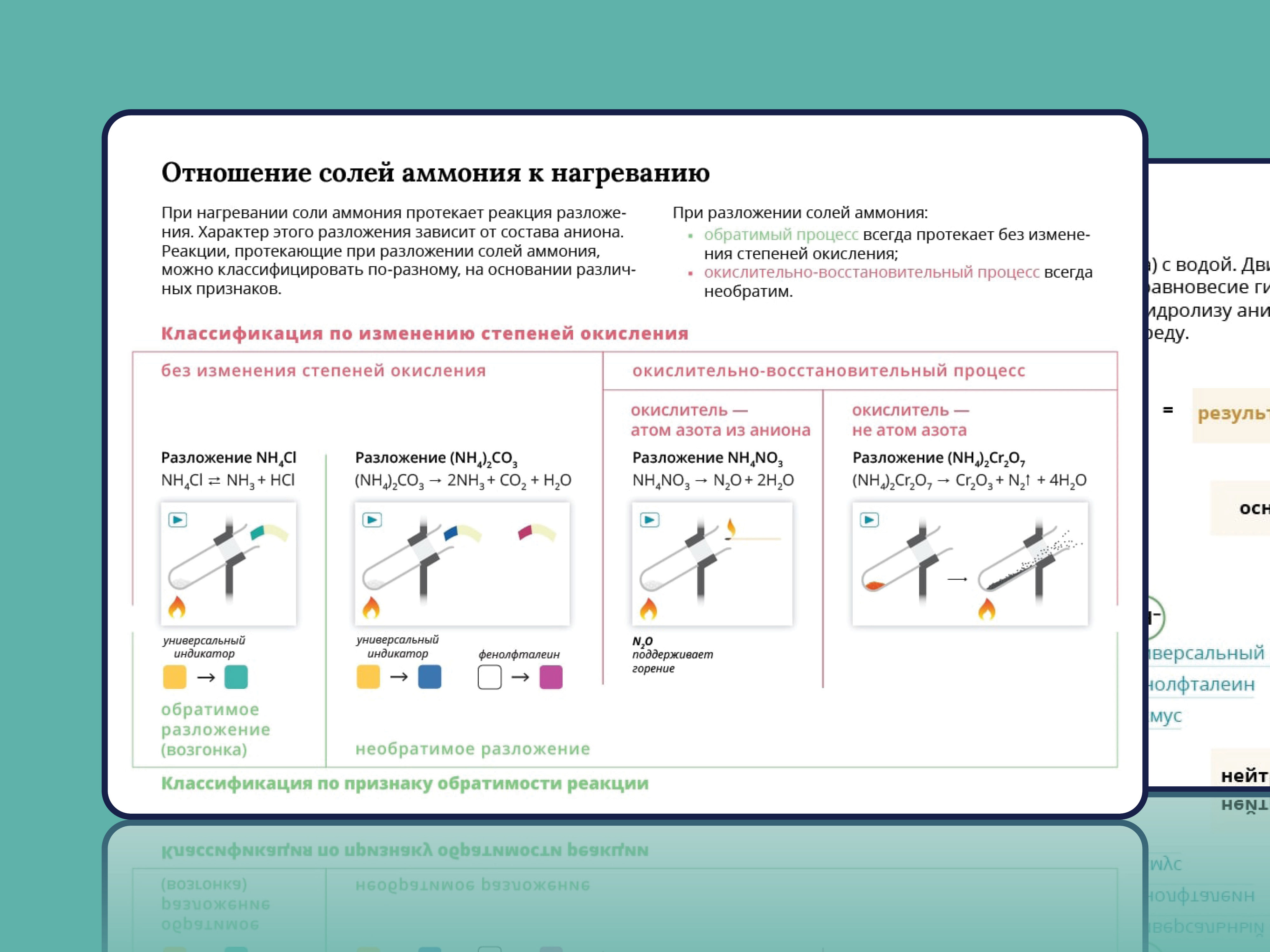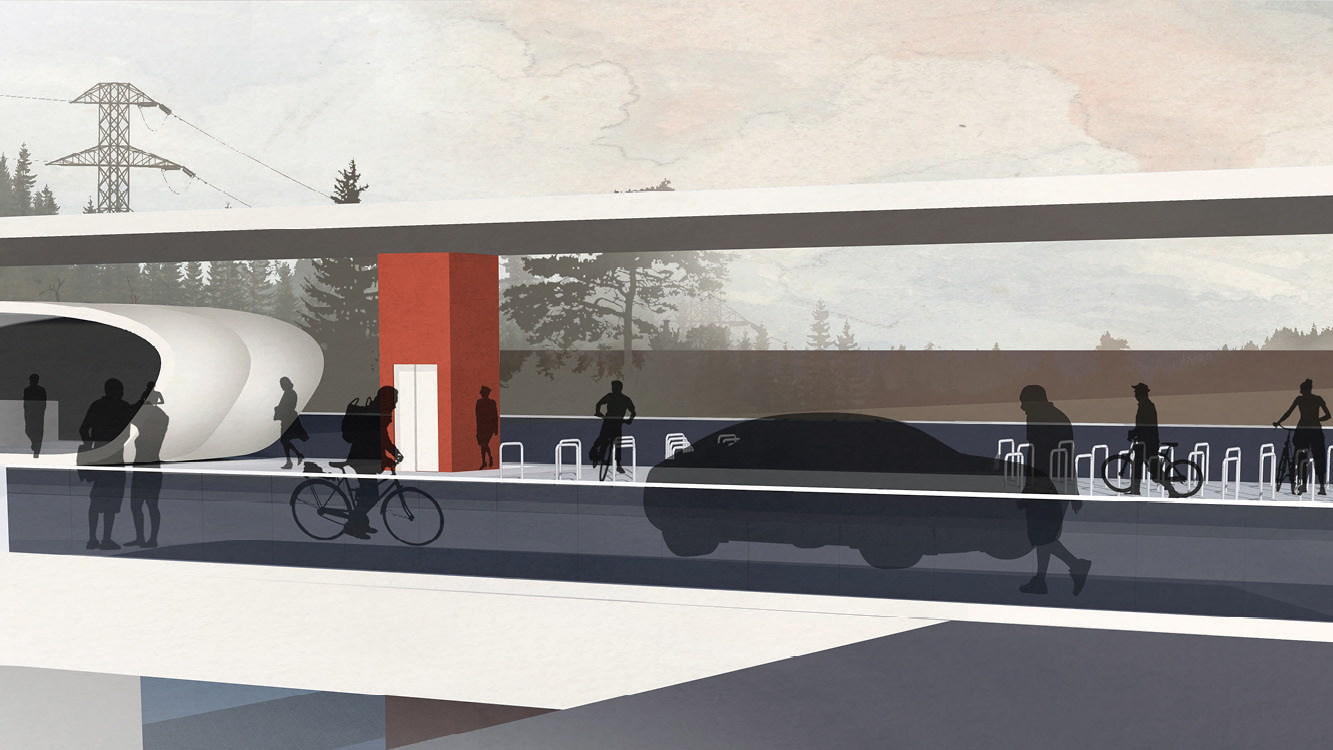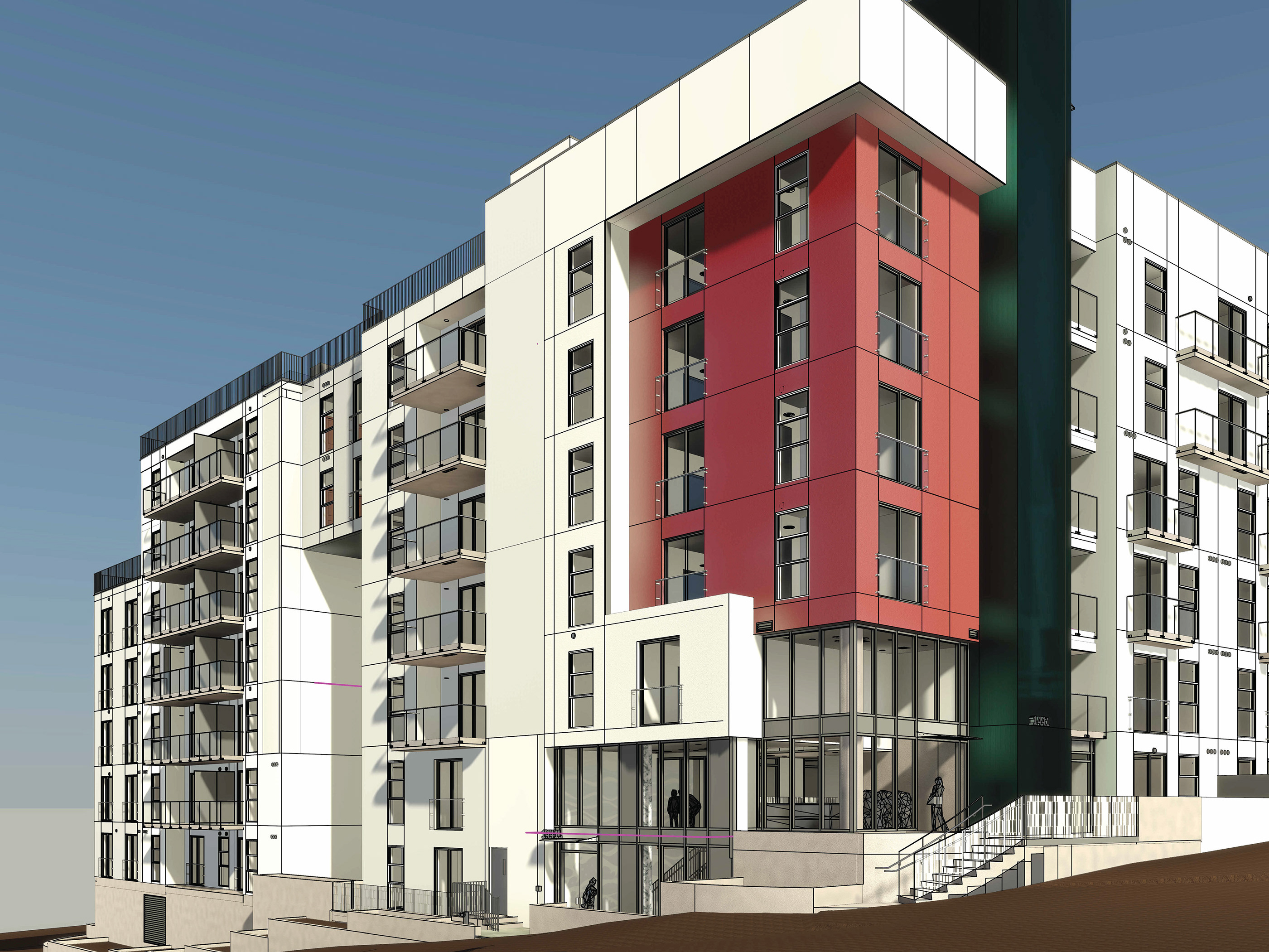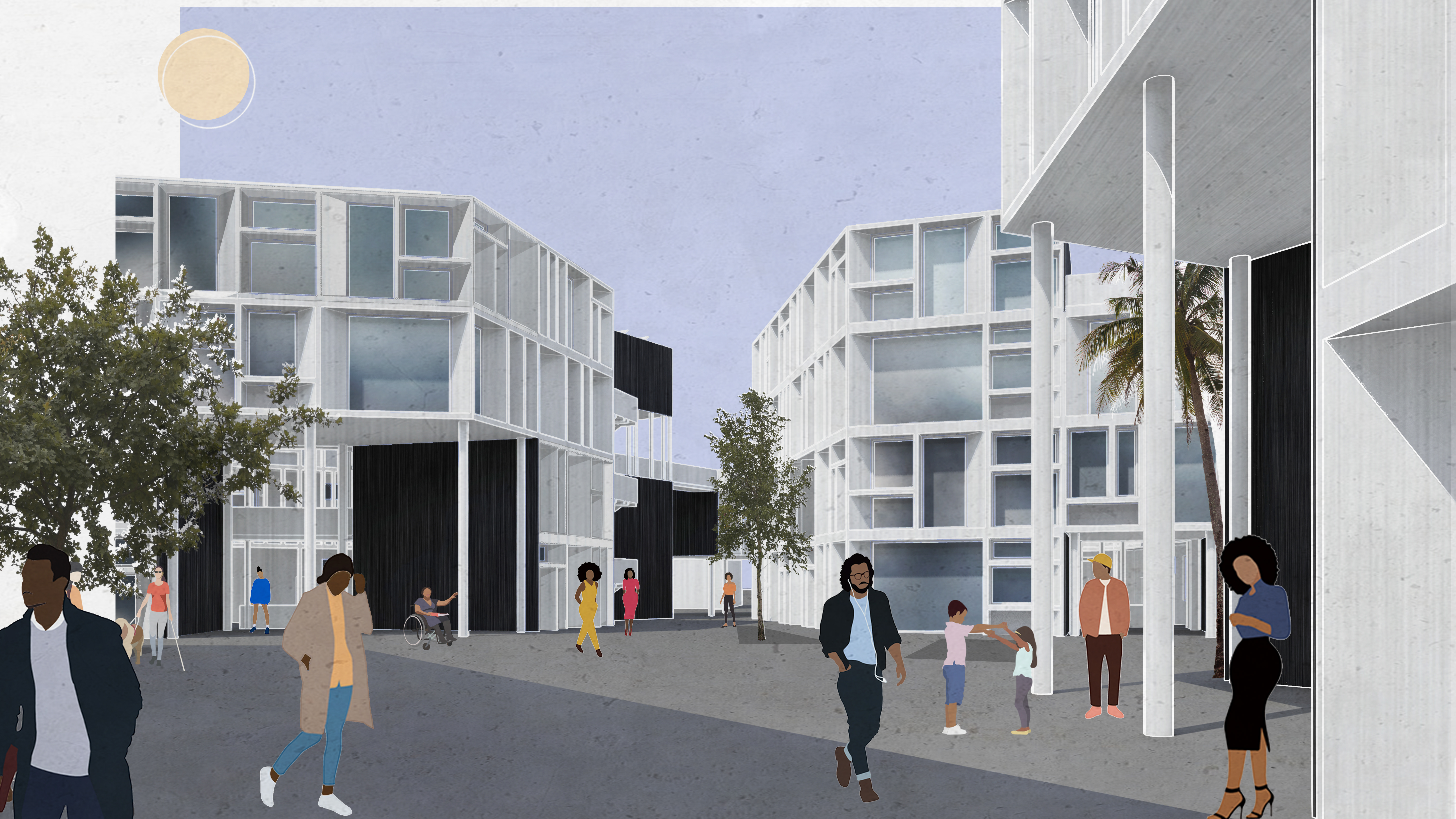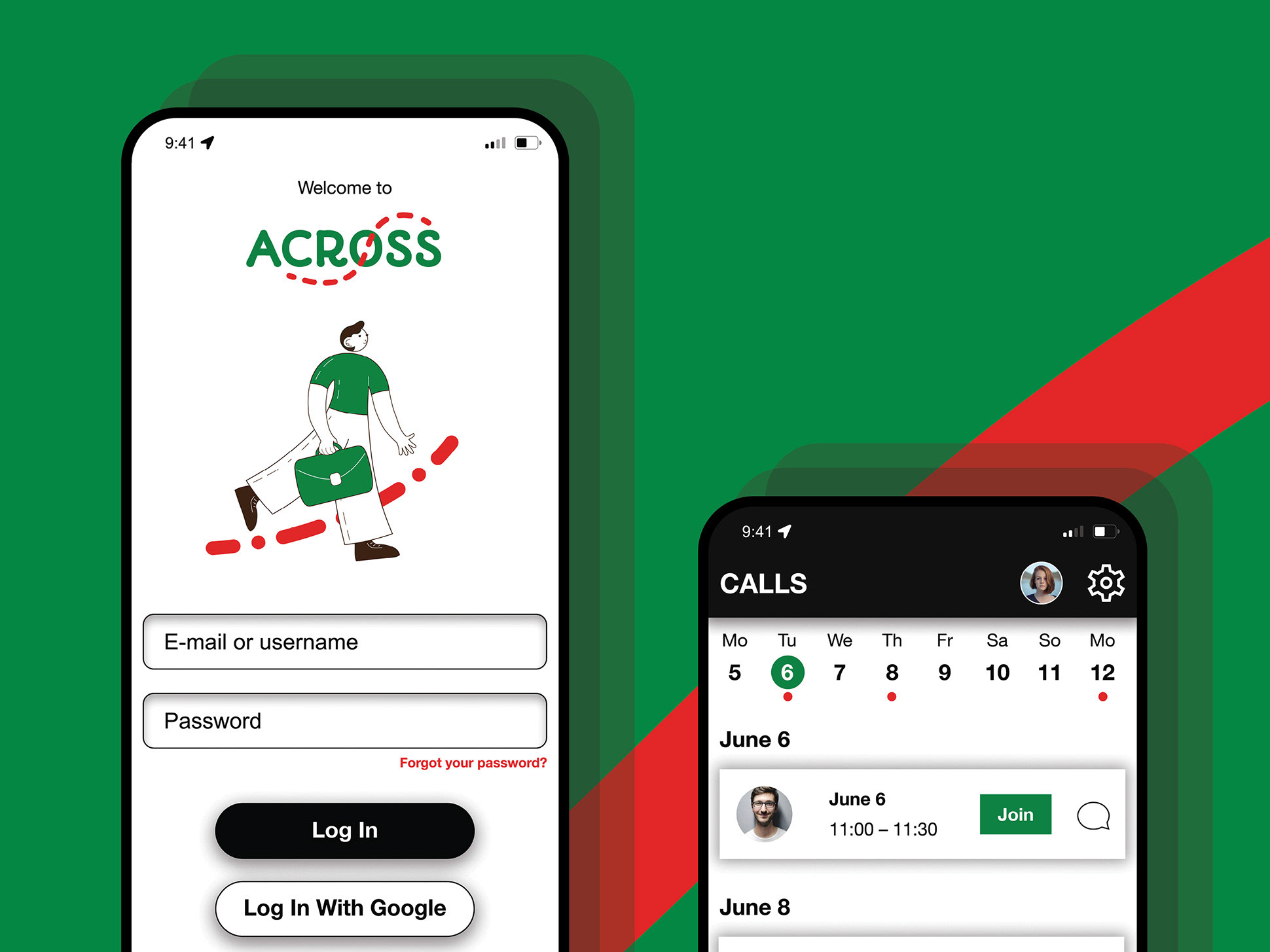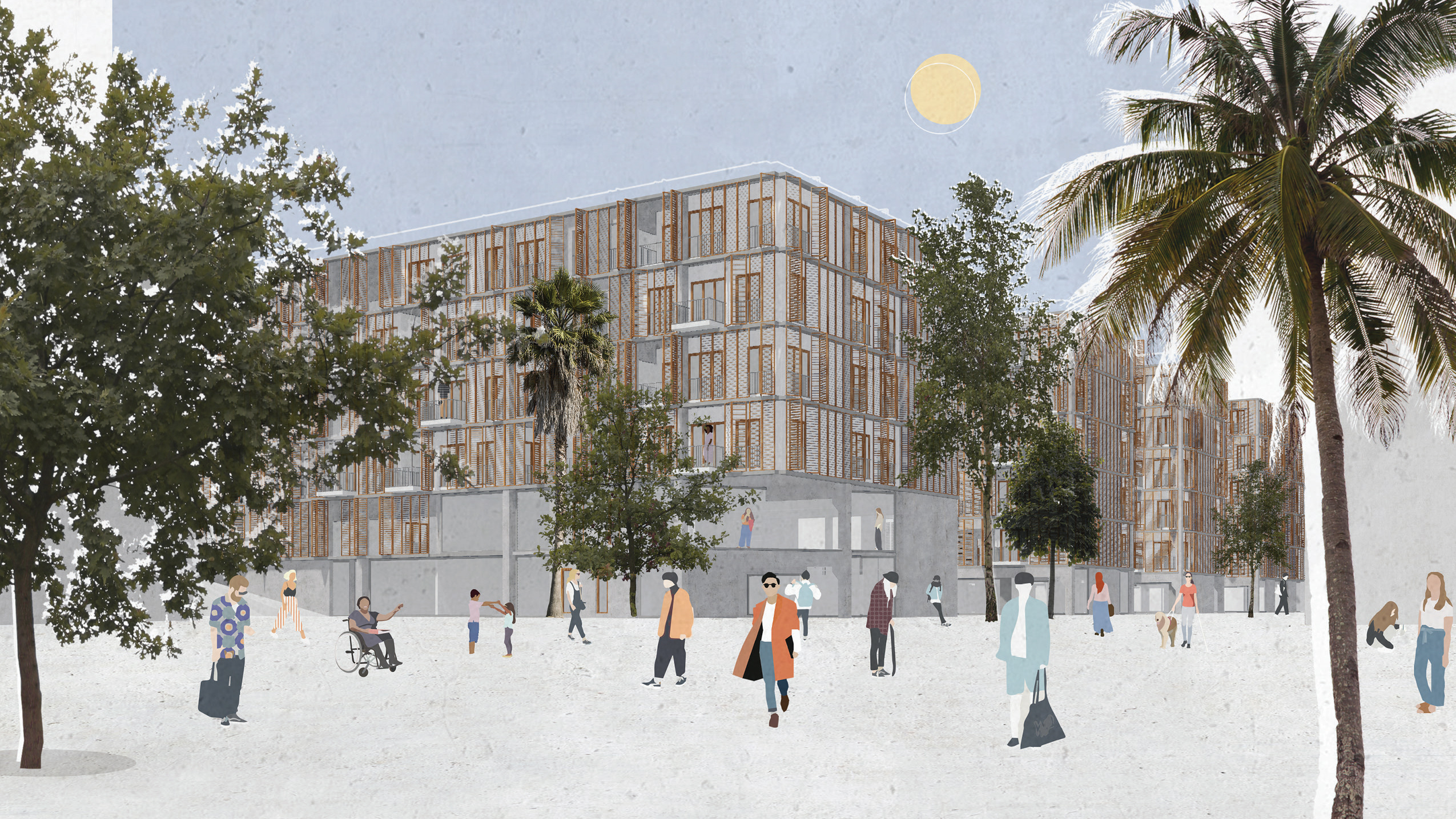Hex-Fold is a prototype of a dynamic shading system for a skylight in an elderly care facility. The elderly population and especially so people with dementia and Alzheimer’s disease are highly susceptible to lighting conditions. They require flexible lighting conditions to support their circadian rhythms and maintain good visual, perceptual, and biological responses, but they are also highly susceptible to glare. Through my research, I formed an understanding of the way light should change to provide optimal conditions throughout the day and then tried to replicate it in a physical prototype. The prototype was build in a 1'-0" = 1/2" scale out of foam board and cardboard. The movement of the prototype was realized using the Arduino Uno module and Servo Motor. The final system contains a Real-Time Clock Module DS3231, three buttons - one for switching between automatic and manual mode and two to adjust the shading up and down, an outside light sensor to detect the weather condition (sunny or cloudy). Inside the space, there are two LED lights to create different light conditions, an interior light sensor to check the brightness level, and an LCD Display that shows time and brightness. All the elements of the module are programmatically controlled, allowing to achieve necessary lighting conditions throughout the day.
The video below demonstrates how the prototype functions and the process of its creation.
Final prototype demonstration
Prototype axonometric
Prototype section-perspective
Location of system elements
Theoretical ideal lighting conditions
First prototypes
Testing of the first prototype
Testing results: optimal lighting conditions during the day
Final prototype production
Arduino wiring
Final prototype
Final prototype
Final prototype lighting conditions
Comparison between theoretical brightness requirements and final prototype results
